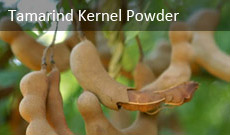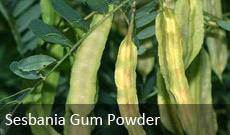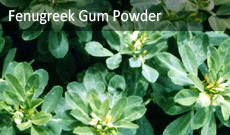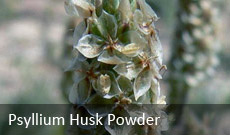Guar gum powder is not only beneficial for human consumption but also holds great potential in improving the quality and nutritional value of pet food. As a natural thickening and binding agent, guar gum can enhance the texture, moisture retention, and overall palatability of pet food formulations. In this guide, we’ll explore how to effectively incorporate guar gum powder into pet food applications to provide your furry friends with a nutritious and enjoyable dining experience.
Understanding Guar Gum in Pet Food
Guar gum powder is derived from guar beans and is commonly used as a thickening and binding agent in pet food formulations.
When added to pet food recipes, guar gum helps improve texture, reduce moisture loss, and enhance the overall eating experience for pets.
Proper Measurement and Mixing
Start by determining the appropriate amount of guar gum powder based on the desired texture and consistency of the pet food.
For dry pet food formulations, use approximately 1-3% guar gum powder by weight of the total recipe. For wet or canned pet food, adjust the amount accordingly to achieve the desired thickness.
Mix the guar gum powder with a small amount of water or broth to create a smooth paste before incorporating it into the pet food mixture. This helps prevent clumping and ensures even distribution.
Incorporating Guar Gum into Pet Food Formulations
Dry Pet Food: Mix guar gum powder thoroughly with other dry ingredients, such as protein sources, grains, and vegetables, before adding any liquid components. Ensure uniform distribution to prevent inconsistencies in texture.
Wet or Canned Pet Food: Add guar gum paste to the wet ingredients, such as meat, vegetables, and broth, and mix until well combined. Allow the mixture to sit for a few minutes to allow the guar gum to hydrate and thicken the consistency.
Ensuring Palatability and Digestibility
Monitor the texture and consistency of the pet food during the mixing process to ensure it is suitable for your pet’s preferences and dietary needs.
Guar gum is generally well-tolerated by pets, but it’s essential to introduce any new ingredients gradually and observe your pet’s response.
Storage and Serving
Store prepared pet food in airtight containers in the refrigerator or freezer to maintain freshness and prevent spoilage.
Serve the enhanced pet food to your furry friend and observe their enjoyment of the improved texture and flavour.
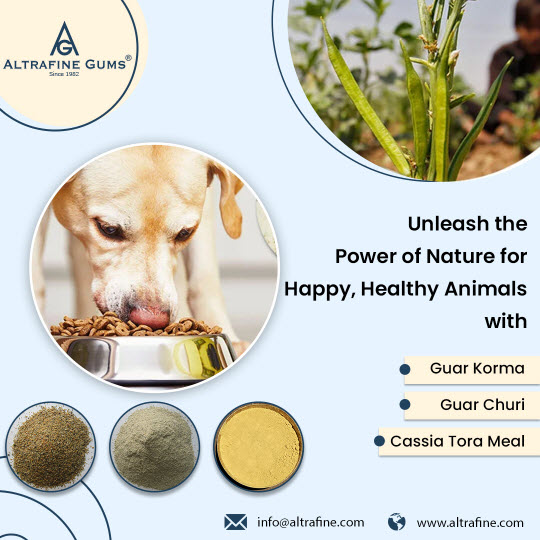
Consultation and Quality Assurance
If you’re formulating pet food for commercial purposes, consult with a veterinarian or pet nutritionist to ensure the recipe meets nutritional requirements and quality standards.
Conduct quality control checks to assess the stability, shelf life, and palatability of the finished pet food product.
Conclusion
By incorporating guar gum powder into pet food formulations, you can enhance the texture, moisture retention, and overall quality of the food, providing your pets with a nutritious and enjoyable dining experience. With proper measurement, mixing, and quality assurance practices, guar gum can be a valuable ingredient in creating high-quality pet food recipes that meet the dietary needs and preferences of your furry companions.
FAQs – Pet Food with Guar Gum Powder
Q. What is guar gum, and why is it used in pet food?
Guar gum is a natural thickening and binding agent derived from guar beans. It's commonly used in pet food to improve texture, moisture retention, and palatability. It helps create a more cohesive and appealing food product for pets.
Q. Is guar gum safe for pets?
Yes, guar gum is generally considered safe for pets when used in moderation. It's commonly included in commercial pet food formulations and has been shown to be well-tolerated by dogs and cats. However, as with any ingredient, it's essential to monitor your pet for any adverse reactions and consult with a veterinarian if you have concerns.
Q. How much guar gum should I add to my pet's food?
The amount of guar gum to add to pet food depends on the specific recipe and desired consistency. As a general guideline, aim for approximately 1-3% guar gum powder by weight of the total recipe for dry pet food formulations. For wet or canned pet food, adjust the amount based on the desired thickness and texture.
Q. Can I use guar gum in homemade pet food recipes?
Yes, guar gum can be used in homemade pet food recipes to help improve texture and moisture retention. When incorporating guar gum into homemade pet food, ensure proper measurement and mixing to achieve a uniform consistency. It's also essential to balance the overall nutritional content of the recipe to meet your pet's dietary needs.
Q. Are there any alternatives to guar gum for thickening pet food?
While guar gum is a common thickening agent used in pet food, there are other alternatives available, such as xanthan gum, agar-agar, and carrageenan. Each thickening agent has its unique properties and may be suitable for different types of pet food formulations. Experimentation and consultation with a veterinarian or pet nutritionist can help determine the best option for your pet's specific dietary requirements.
Q. Can guar gum cause digestive issues in pets?
In most cases, guar gum is well-tolerated by pets and does not cause digestive issues when used in moderation. However, some pets may be sensitive to certain ingredients, including guar gum. If you notice any signs of digestive upset or discomfort after introducing guar gum into your pet's diet, discontinue use and consult with a veterinarian for guidance.
Q. How should I store pet food containing guar gum?
Prepared pet food containing guar gum should be stored in airtight containers in the refrigerator or freezer to maintain freshness and prevent spoilage. Proper storage helps preserve the quality and nutritional integrity of the food, ensuring it remains safe and appetizing for your pet to enjoy.






